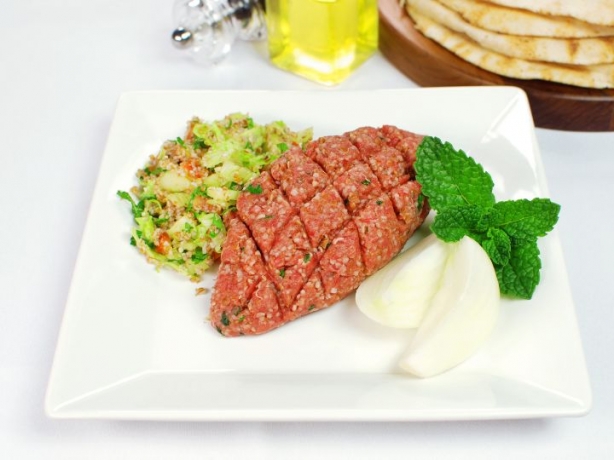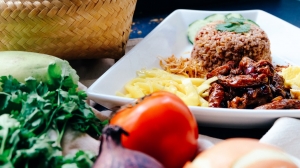Exploring Lebanese cuisine is a journey of texture, aroma, and tradition. When searching for a Lebanese restaurant near me, diners are often introduced to a wide variety of dishes, and one of the most distinctive is Kebbih Nayyeh. This dish, usually described as Lebanese sashimi, highlights the culinary artistry and cultural heritage of the Middle East. Prepared with finely minced meat, fresh herbs, and spices, Kebbih Nayyeh has remained a staple for those who appreciate authentic dining experiences and value the connection between food, heritage, and cherished family traditions.
Origins of Kebbih Nayyeh
Kebbih Nayyeh is more than just a dish; it is a symbol of Lebanese hospitality. Traditionally served during family gatherings and special occasions, it reflects a culture that values fresh ingredients and shared meals. Its preparation involves a balance of textures and flavours that are deeply rooted in culinary traditions passed down through generations. This enduring recipe demonstrates how food continues to preserve cultural identity while bringing communities together.
What Makes Kebbih Nayyeh Unique
Unlike many other dishes, Kebbih Nayyeh is served raw, showcasing the quality and freshness of its ingredients. The use of bulgur wheat provides texture, while the addition of onions, herbs, and spices creates a flavour profile that is both delicate and bold. The dish is often paired with fresh vegetables, olive oil, and warm bread, turning it into a complete and satisfying meal enjoyed by diners of all ages.
Nutritional Benefits of Kebbih Nayyeh
While indulgent, Kebbih Nayyeh also offers nutritional value. Some of its benefits include:
- Rich in Protein: Provides essential amino acids for muscle repair and energy.
- Source of Healthy Fats: Olive oil adds beneficial fats that support heart health.
- Packed with Minerals: Ingredients such as onions and herbs provide iron and potassium.
- Low in Carbohydrates: Ideal for those seeking lighter, protein-focused meals.
- Contains Antioxidants: Fresh herbs help protect the body from oxidative stress.
Serving Suggestions and Pairings
Kebbih Nayyeh is traditionally served as part of a mezze platter, a collection of small dishes that encourage sharing and variety. Common accompaniments include:
- Fresh mint leaves to balance the richness.
- Crisp radishes for added crunch.
- Warm Lebanese bread to scoop and enjoy.
- Olive oil drizzles for enhanced flavour.
- A side of tabbouleh or fattoush for freshness.
This combination not only highlights the dish itself but also complements it with contrasting textures and tastes that create a memorable dining experience.
Cultural Significance of Kebbih Nayyeh
For many, Kebbih Nayyeh is not just food but an expression of identity and community. Sharing this dish signifies trust and respect, as the freshness of ingredients is vital to its preparation. In Lebanese culture, preparing and presenting Kebbih Nayyeh often represents care for family and guests, turning the meal into a memorable experience that celebrates togetherness and the importance of hospitality.
Modern Interpretations
While the traditional recipe remains treasured, many chefs have reimagined Kebbih Nayyeh to suit modern palates. Some add extra spices for boldness, while others experiment with presentation styles to appeal to contemporary dining trends. Despite these innovations, the essence of Kebbih Nayyeh remains intact—authenticity combined with flavourful simplicity that speaks to both tradition and creativity in equal measure.
Final Summary
Kebbih Nayyeh stands as one of the most distinctive dishes in Lebanese cuisine, blending tradition, authenticity, and flavour. Its rich cultural significance, nutritional value, and versatility make it a must-try for anyone exploring Middle Eastern dining. Whether enjoyed as part of a mezze platter or as a main attraction, Kebbih Nayyeh offers a culinary experience that goes beyond taste—it represents heritage, hospitality, and authenticity. For those looking to discover authentic Lebanese flavours, seeking a Lebanese restaurant near me is the first step toward experiencing the essence of this remarkable dish.






